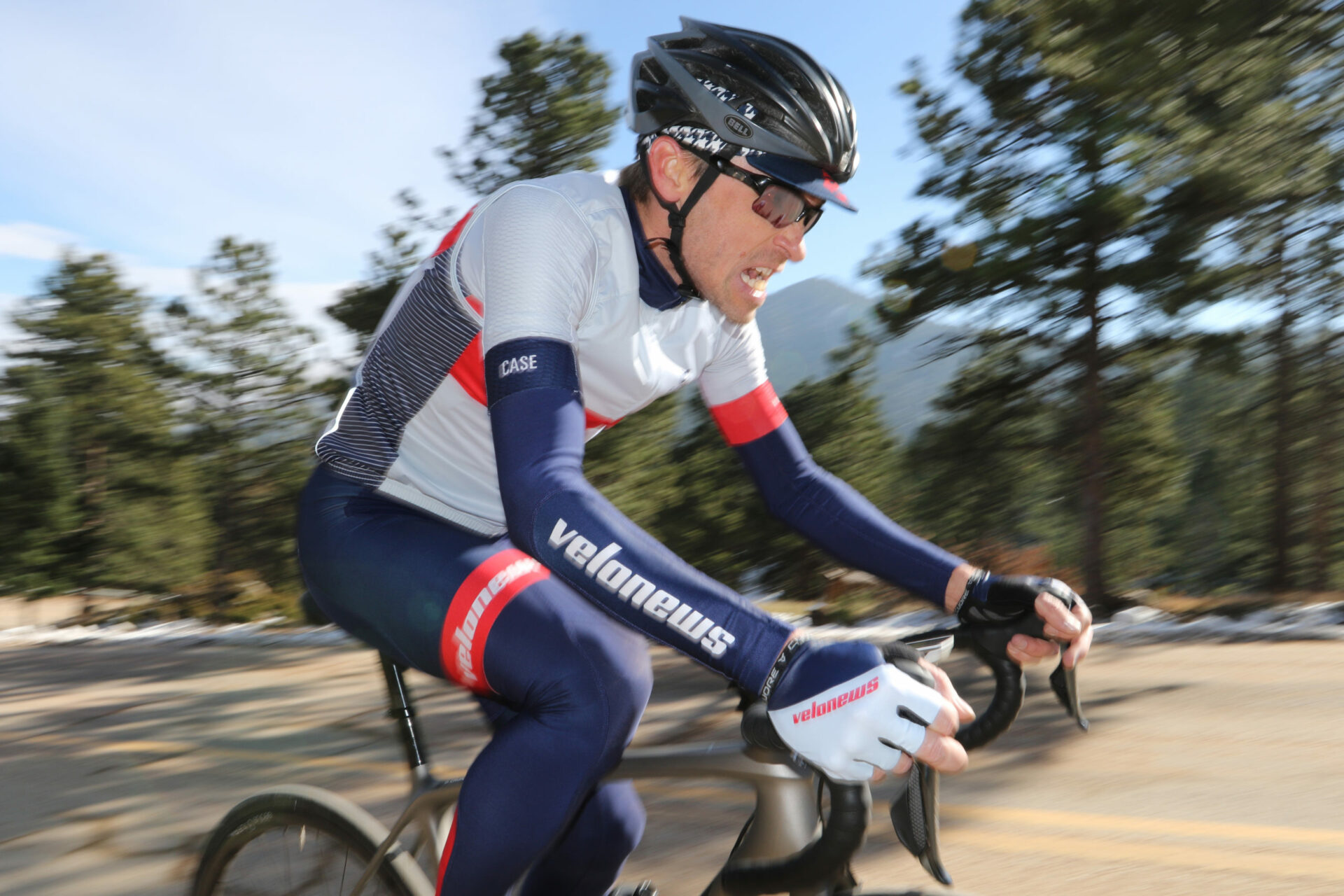Trevor Connor revisits the fundamentals of aerobic versus anaerobic pathways, and helps us understand more advanced principles of interval training.
Trevor Connor revisits the fundamentals of aerobic versus anaerobic pathways, and helps us understand more advanced principles of interval training.






